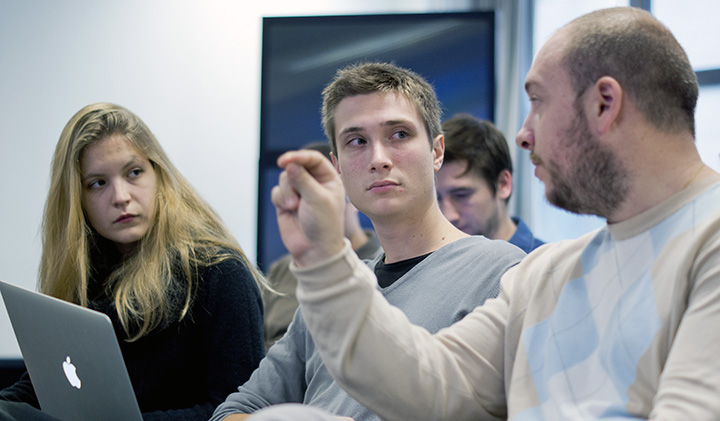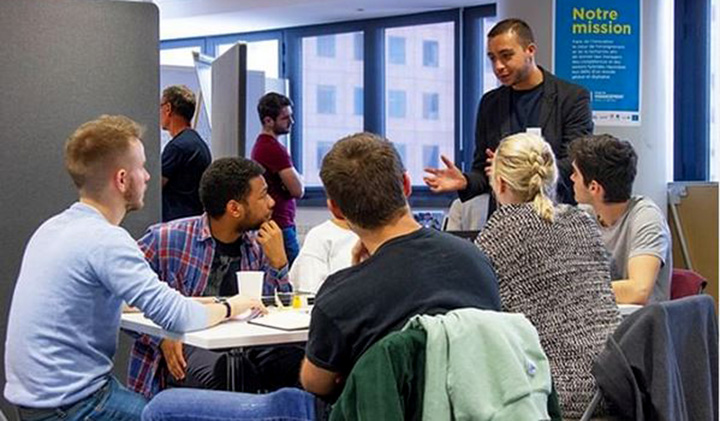Engineering students are not only innovators but artists as well. Even if they don’t fit the popular notion of “creativity”, they can manage to use their technical luggage such as mathematics, physics, and aeronautics as a medium for their creative outlet.
Engineering students go to school to develop their creative side by designing tools and working on concrete projects that people and industries will need to solve problems or enhance performance. So are they involved in each step of a project, and do they need writing skills to ensure the ideation phase is complete?
Engineering Students Need Writing Skills
A lack of proper writing skill can make or break the proposal of an initial project idea and can inhibit an engineer’s ability to get a job at some renowned engineering, communication, and tech companies. In fact, some business units evaluate candidates writing ability in this field because it has always been and will always be a key element of the internal communications networks that most companies developed to be able to spot and retrieve technical information throughout the organization efficiently. Engineers are often expected to report on their work, not only to share with their colleagues but also to add to the corporate archive and servers.
Polishing Innate and Acquired Skills
Writing skills for engineering students go beyond communicating technical information. They also boost other skills such as organizing thoughts and ideas for clearer objectives, tailoring the author’s message to a specific targeted audience, and leaving a good impression in any networking or proposal opportunity. Actually, writing well is needed in each step of an engineering project; here’s how:
- Step 1: Expressing a goal, solving a problem – having them in writing will strengthen the proposal.
- Step 2: Establishing design criteria and constraints – which also includes research and comparison which will require the right keywords to be able to define the challenges.
- Step 3: Evaluating alternative designs – that means making lists and notes alongside different designs and trying to explain to other designers and engineers what’s in mind.
- Step 4: Building a prototype – which has a specific format to be respected for submission.
- Step 5: Testing and evaluating – comes with a big writing part due to the phases of trial and error tests of the prototype.
- Step 6: Analyzing test results, making changes, and retesting – aka, exploring results and reevaluating the project.
Where Does Ideation Come in?
When facilitated by good writing skills to be able to express, ideation is an exciting process. It’s basically brainstorming and dumping a lot of ideas: some to inspire newer and even better ideas, and others that might end up being eliminated from the start or at a later stage of the process. The purpose of ideation is to use creativity and innovation in order to develop solutions. That way, team members and even supportive departments will be able to look beyond the usual methods of solving problems in order to find better and more practical solutions to problems that affect a user’s experience of a product or society as a whole.


In addition to the showroom projects that take place several times a year, ESiLV engineering school has a FabLab, a Research Center, all supporting the projects for about twenty teams of student engineers that range from finding energy solutions related to sustainable development, to modelling a smart building.
Find out more about ESiLV engineering school and discover innovative engineering students’ projects.






